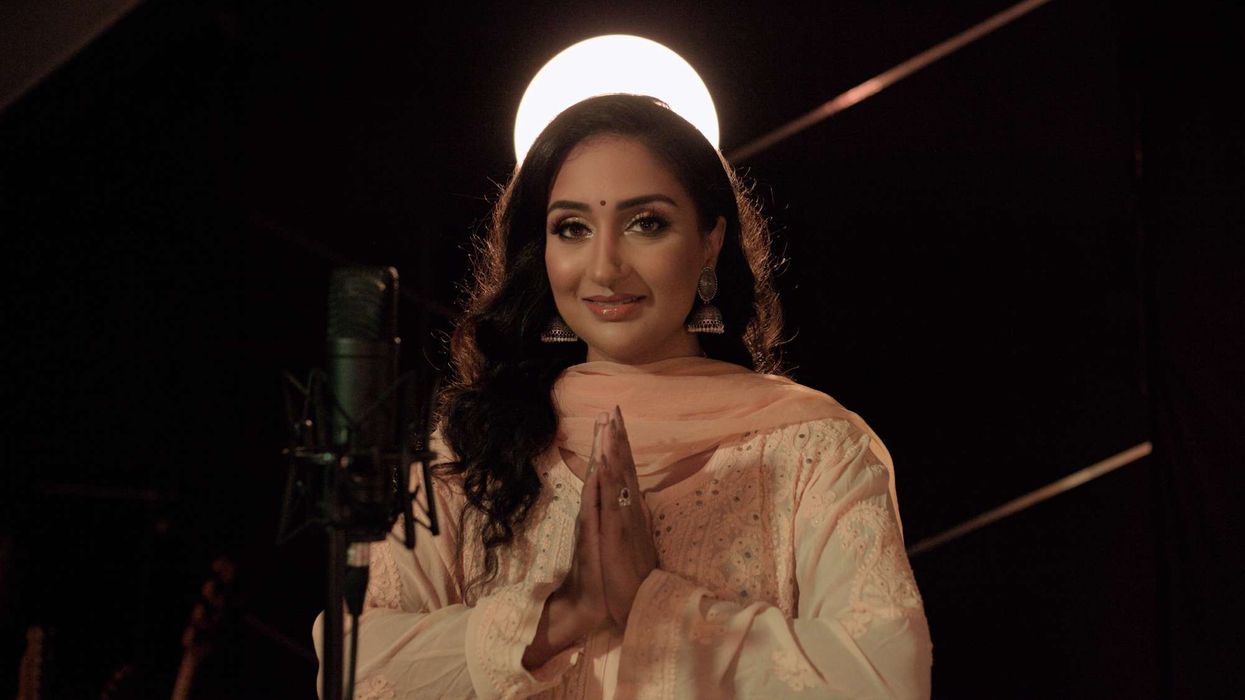Banita Sandhu set her foot in Bollywood with Shoojit Sircar’s October (2018) wherein she shared the screen space with Varun Dhawan. In her latest film Sardar Udham (2021), directed by Sircar, she plays a deaf and mute girl. The film, which recently premiered on Amazon Prime Video, opened to overwhelming response. It features Vicky Kaushal in the title role of revolutionary Udham Singh.
As the film continues winning audiences’ hearts with its powerful narrative and deft direction, Sandhu has opened about working with director Shoojit Sircar. Talking about the love and appreciation the film is receiving, she says, “It has been incredible. And honestly, it has exceeded my expectations. With Vicky and Shoojit sir, I knew it was going to be a good movie, but they have just taken the film to another level. I really did not expect anything because my role was so small and now to see people touched by it makes me feel so happy and warm inside.”
Sandhu reveals she had to learn Indian sign language to prepare for her role in the film, “When Shoojit sir told me that I would be playing a deaf-and-mute character, the first thing I had to do was learn the Indian Sign Language (ISL). The film was set 100 years ago in Amritsar in Punjab, so I had to localise it to make it look authentic to the region. So, I came down to Amritsar a week before the shoot; I had a great teacher Neelam ji, who works in a special school for the deaf and mute. I was attending the school for a week, observing and interacting with the kids. Later, I also brought them on sets a couple of times, and they got to see my side of things. They also could tell me if I was doing something right or wrong; the challenging part was the learning. But, other than that, Shoojit sir gave me the space to play. There were moments when I interacted with Vicky to improvise, with the cameras capturing the moment. It was a really lovely experience.”
Sharing her experience of working with Sircar again, the actress says, “It is Shoojit Sircar, how do you say no to him? He is a maverick. I am so fortunate because he has been a part of my career. My career started with him. We have such a special bond! I hope this is just the beginning of a long work relationship we will have together. Personally, he has been a mentor and a guiding light to me; he gives a lot of lectures and I listen to some of them (laughs). If I have to put it point blank, working with him makes my job easy. I always know that we are going to make a great film together; that’s a no-brainer. Why would you not work with a director like that?”
Keep visiting this space over and again for more updates and reveals from the world of entertainment.






 British singer Hemina Shah has never stopped evolvingHemina Shah
British singer Hemina Shah has never stopped evolvingHemina Shah






